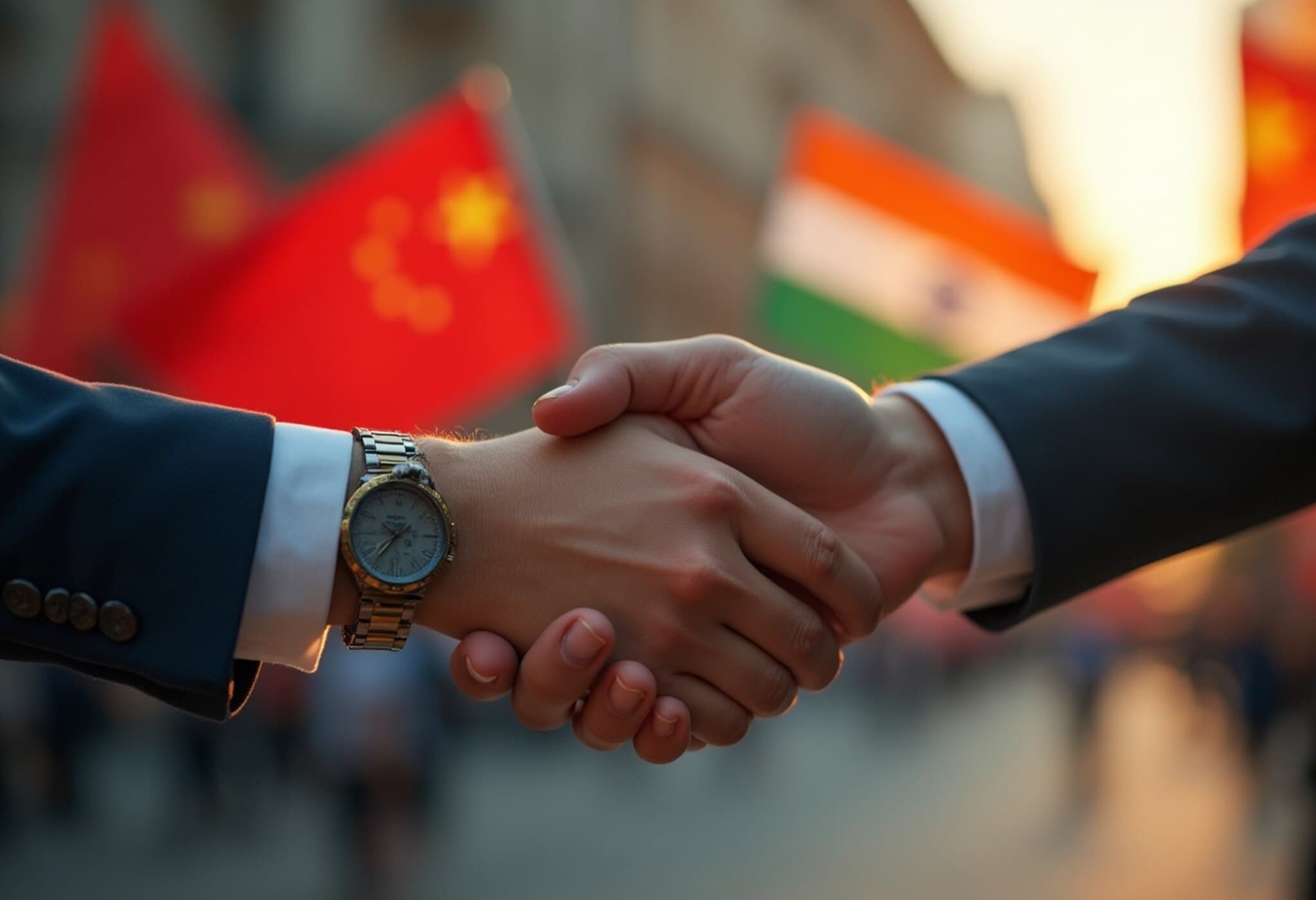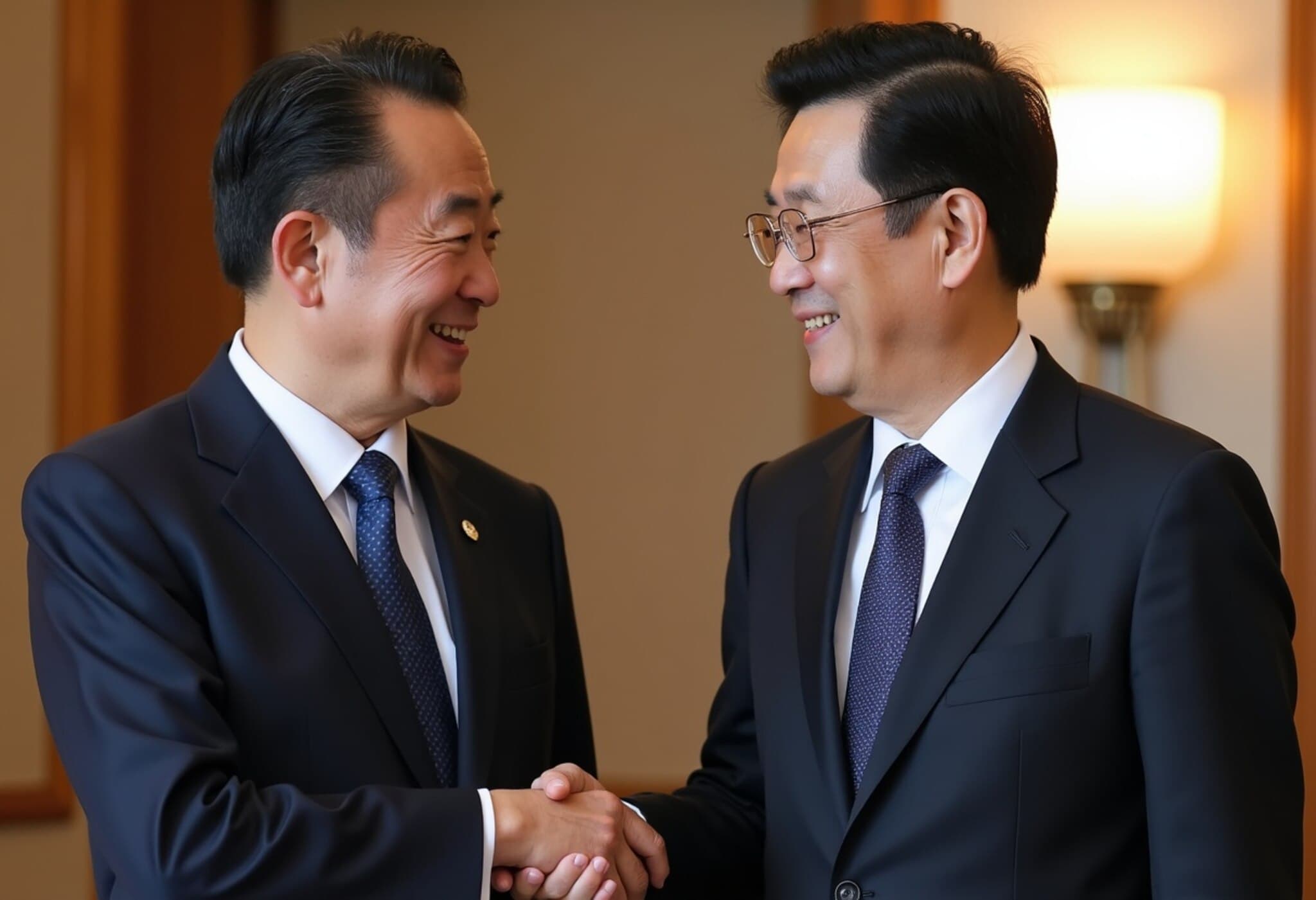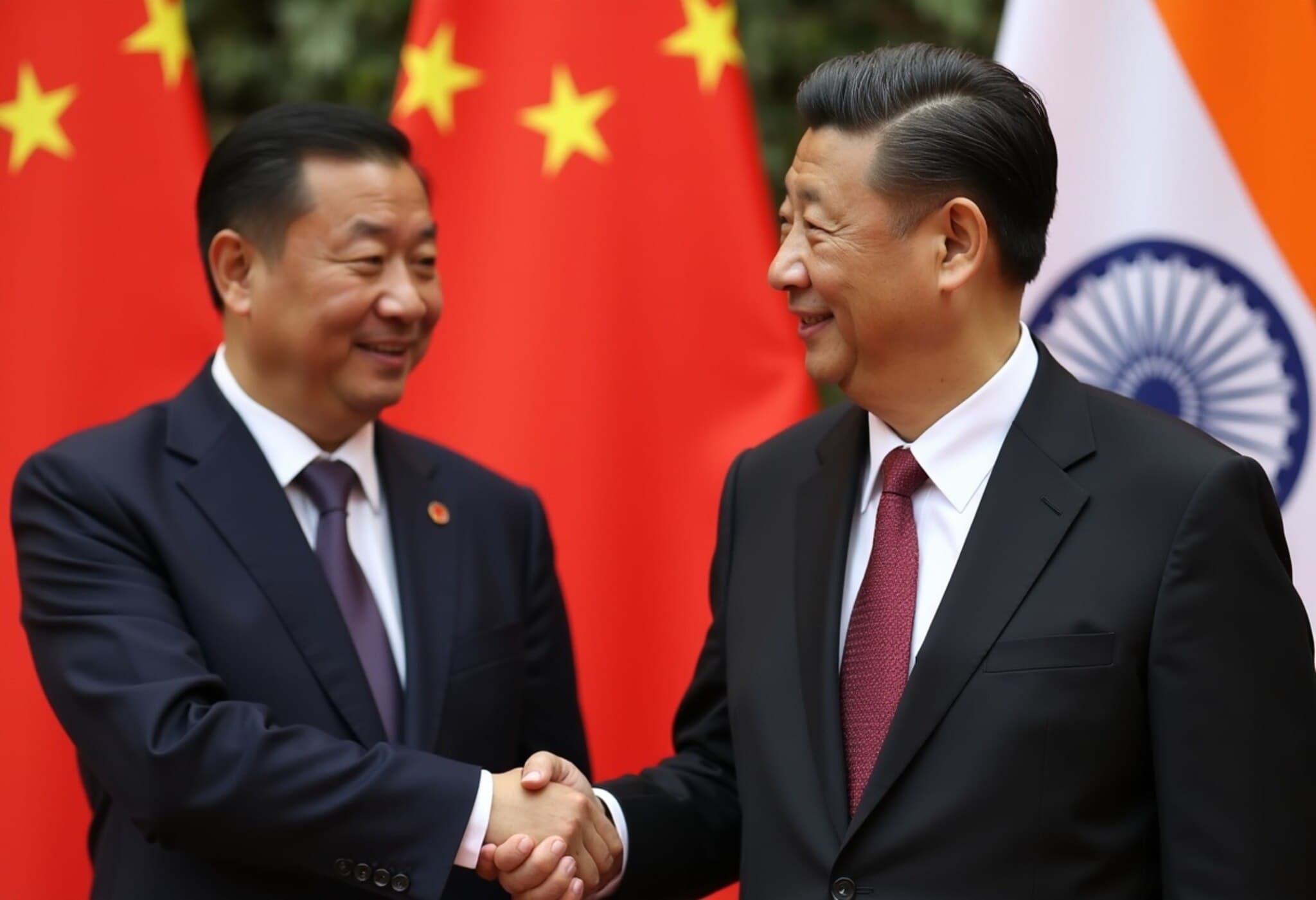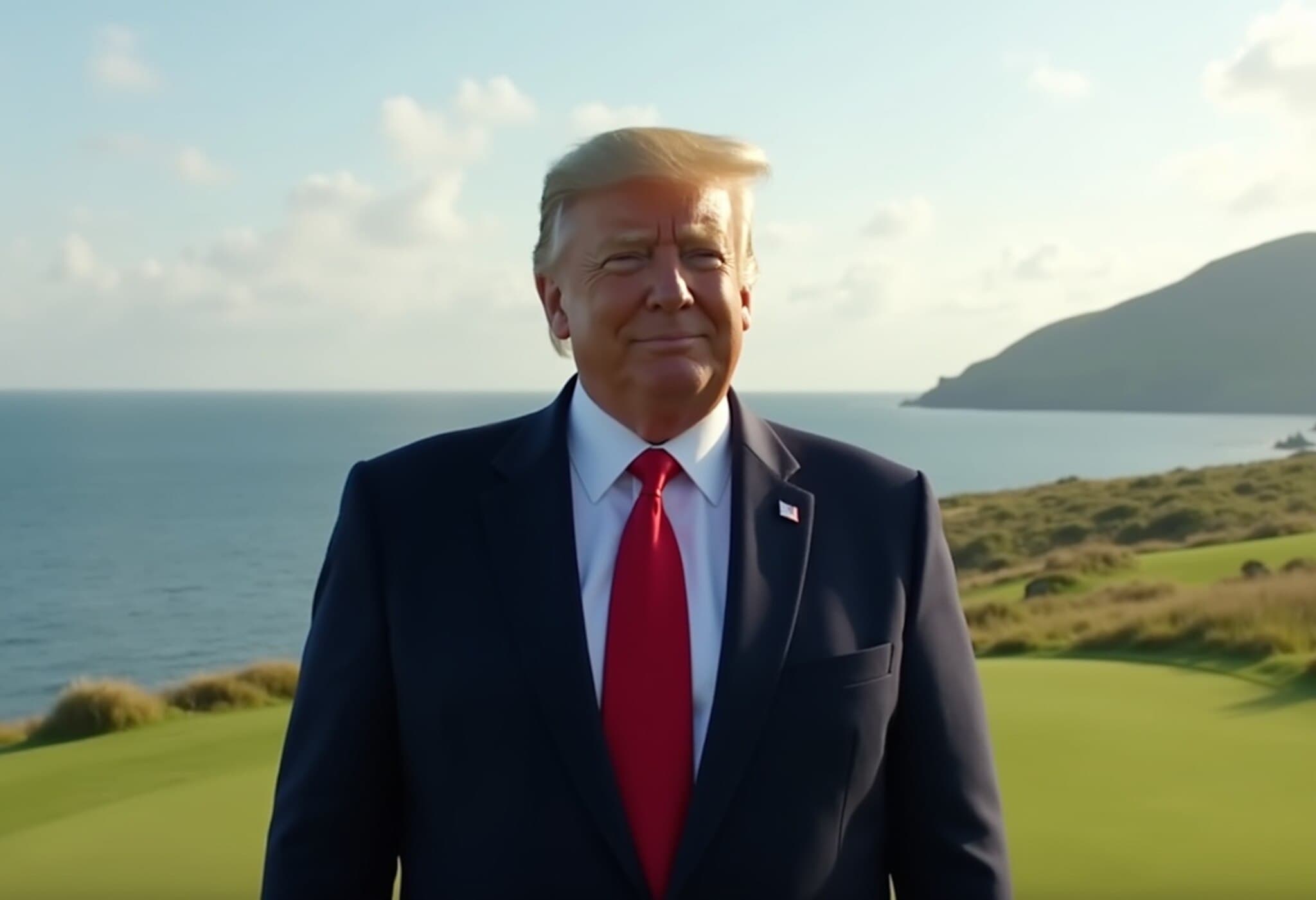India Resumes Issuing Tourist Visas to Chinese Nationals After Half a Decade
After a prolonged pause of five years, India has officially reopened the door for Chinese tourists by resuming the issuance of tourist visas to Chinese citizens starting Thursday. This development, announced by the Indian embassy in China, marks a noteworthy stride in improving bilateral relations amid a complicated backdrop of tension and competitive diplomacy between the two Asian giants.
Historical Context: The 2020 Border Clash and Its Aftermath
The diplomatic thaw comes after a period of heightened conflict following the brutal clash in June 2020 along the disputed Himalayan border. This confrontation, which led to casualties on both sides, significantly strained India-China relations and precipitated a series of strategic and economic countermeasures. India responded with bans and restrictions impacting Chinese investments and popular digital platforms such as TikTok, Shein, and Weibo, reflecting a broader recalibration of economic ties.
Moving Toward Reconciliation: High-Level Engagements
In recent years, both countries have taken cautious but meaningful steps toward mending their fractious relationship. Notably, the summit between Chinese President Xi Jinping and Indian Prime Minister Narendra Modi during the 16th BRICS summit in Kazan, Russia, in October 2024, established a foundation for renewed dialogue and cooperation. These diplomatic efforts signify a shared understanding of the importance of stability and constructive engagement amidst global uncertainties.
Official Reactions and Future Talks
China’s Ministry of Foreign Affairs welcomed India’s decision, with spokesperson Guo Jiakun describing the resumption of tourist visa issuance as a “positive move.” He underscored the mutual benefits of easing cross-border travel and affirmed China's willingness to maintain ongoing communication to facilitate easier movement between the two countries.
Adding to this momentum, representatives from India and China are scheduled to meet later this year on Indian soil to continue discussions focused on border issues—a critical step toward de-escalation and long-term stability.
Implications and Broader Significance
Reopening visa channels after half a decade signals India’s cautious optimism and strategic balancing in the complex Indo-Pacific geopolitical landscape. For many, this move symbolizes an acknowledgment that despite competition and rivalry, there remains indispensable interconnectivity between the world’s two most populous nations. The resumption of tourism not only fosters people-to-people ties but also encourages economic and cultural exchanges that can underpin a more stable and peaceful relationship.
However, significant questions remain:
- How will both countries manage ongoing border disputes while expanding cooperation?
- Can easing travel restrictions translate into broader economic and diplomatic thaw?
- What role will this rapprochement play in the context of India’s broader foreign policy, particularly its ties with Western powers?
These questions highlight that while the reopening of tourist visas is a hopeful sign, the path to sustained peace and partnership will require continued dialogue, transparency, and confidence-building measures.
Looking Ahead: Monitoring Progress
Close observers of South Asian geopolitics will be watching the upcoming border talks and the pace of bilateral engagements in tourism and trade. As both nations navigate their shared history and strategic interests, the international community also has a vested interest in their ability to find common ground. The easing of visa restrictions offers a tangible, human-centered step forward amid larger political challenges.
Editor's Note
The resumption of visa issuance between India and China after five years underscores a nuanced shift from confrontation toward cautious coexistence. This development highlights the delicate dance of diplomacy where economic ties, national security, and regional influence intersect. As the two countries embark on renewed dialogue, readers should watch for how evolving policies reflect broader trends in Asian geopolitics and the implications for global stability.














